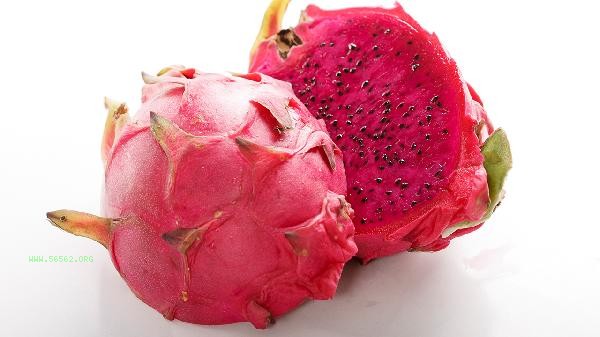Supermarket fruits that are rotten are usually recommended to be discarded directly, avoiding consuming the rotten parts or cutting off the remaining parts for consumption. Fruit decay may be caused by microbial contamination, mechanical damage, improper storage, and other reasons. The decaying parts may produce toxins that spread to seemingly intact parts. When fruits partially rot, mold and bacteria may have infiltrated the surrounding tissues through the juice, making it difficult to determine the extent of contamination with the naked eye. Toxins such as penicillin in common rotten fruits are resistant to high temperatures and cannot be completely removed by ordinary cleaning or heating. Some consumers are accustomed to removing moldy parts before consuming the remaining parts, which poses safety risks, especially for immunocompromised populations.

Very few thick skinned fruits such as grapefruit, watermelon, etc. If mold only occurs on the skin and the flesh is not affected at all, the skin and contact area can be carefully removed before consumption. But it is necessary to ensure that the cutting tools do not contaminate the fruit pulp and that the decay has not exceeded 24 hours. This type of situation requires strict control of the handling scale, and it is recommended to prioritize food safety risks.

When purchasing fruits, choose fresh products with intact appearance and no damage from bumps, and pay attention to ventilation and avoid light during storage. If fruits are found to be rotten, they should be cleaned up in a timely manner to avoid contaminating other foods. In daily life, the freshness of fruits can be judged by observing signs such as color changes, texture softening, and odor generation. It is recommended to purchase small quantities multiple times to reduce storage time. If symptoms such as abdominal pain and diarrhea occur after ingesting rotten fruits, seek medical attention promptly.









Comments (0)
Leave a Comment
No comments yet
Be the first to share your thoughts!